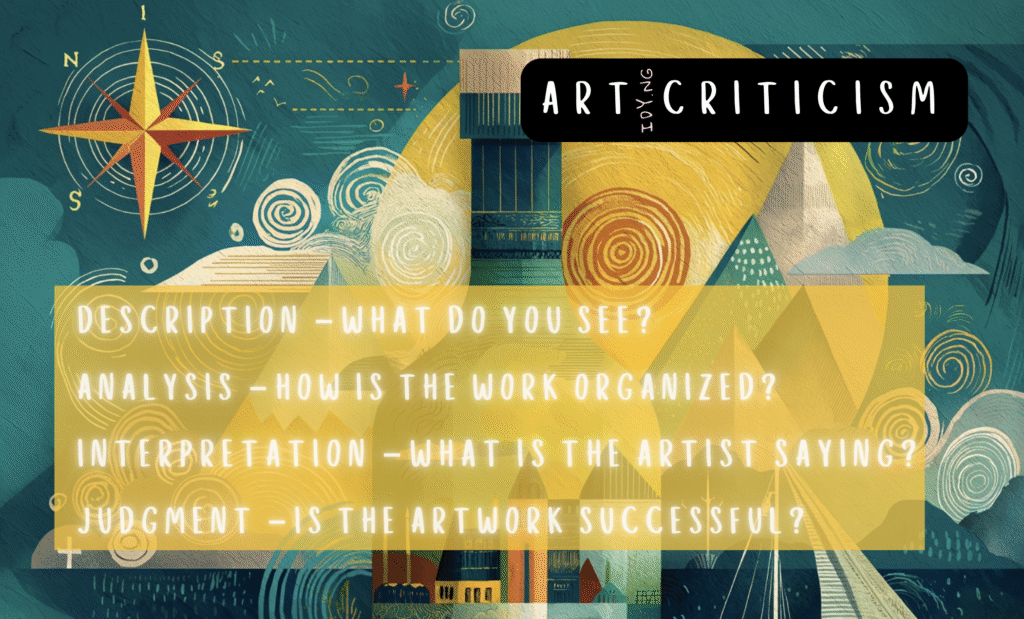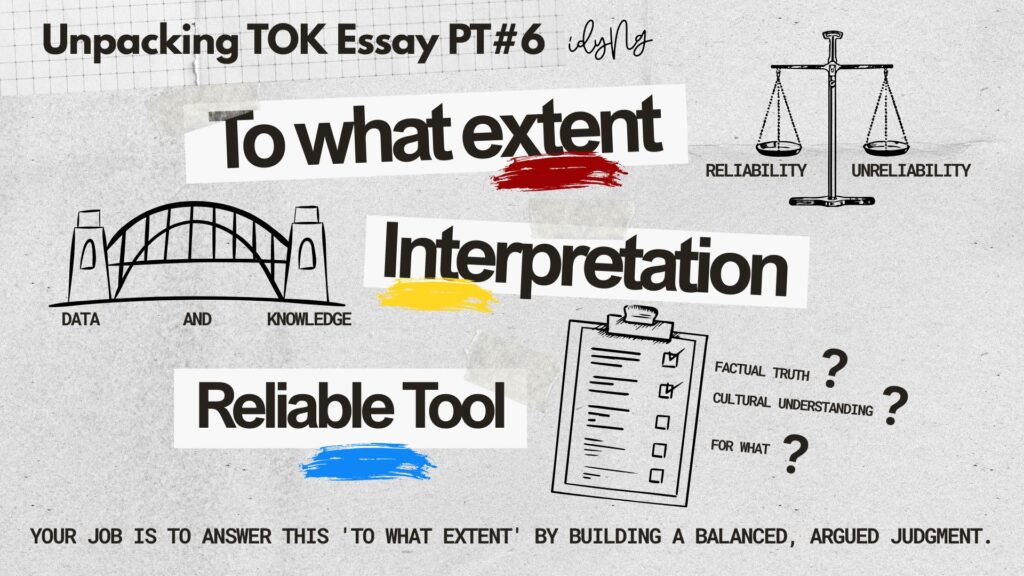How to Write Art Criticism: Analyzing Fukuda Shigeo’s “Shigeo Fukuda” Exhibition Poster
Art criticism allows us to engage deeply with visual works, and today we’ll analyze the poster design for the “Shigeo Fukuda” exhibition, created by Fukuda Shigeo in 2005. This guide will help you formulate your thoughts and insights when critiquing any artwork.

Title: Shigeo Fukuda Designer: Fukuda Shigeo (福田繁雄) Dimensions: 102.8 × 72.5 cm Year of Creation: 2005
Step 1: Description – What Do You See?
Start by closely observing the artwork. Describe its visual elements without making judgments or interpretations.
Example:
The poster for the “Shigeo Fukuda” exhibition features a minimalist design that prominently showcases two stylized figures sitting atop a three-dimensional geometric “F” structure. The color palette is predominantly gray, black, and white, creating a sophisticated and modern aesthetic. The text “SHIGEO FUKUDA” is displayed at the top, along with the exhibition dates and venue details in a smaller font. The overall composition emphasizes simplicity and clean lines, highlighting Fukuda’s design sensibility.
Tip: Focus on specific elements such as colors, shapes, and text to establish a foundation for your analysis.
Step 2: Analysis – How Is the Work Organized?
Next, analyze how the artist organizes the elements of the poster. Look for techniques, composition, and how everything fits together.
Example:
Fukuda utilizes a balanced composition with the figures strategically placed on the geometric structure, drawing the viewer’s eye through the design. The use of offset lithography allows for sharp contrasts and clean lines, enhancing the poster’s modern feel. The interplay of negative space is significant, as it emphasizes the figures and the structure, creating a sense of depth. The typography is bold yet elegant, reinforcing the minimalistic approach while ensuring that the exhibition’s details are easily legible.
Tip: Discuss the artist’s use of lines, shapes, colors, and techniques. This reveals the craftsmanship behind the design.
Step 3: Interpretation – What Is the Artist Saying?
Now, delve into the meaning behind the artwork. What themes or emotions does it evoke?
Example:
The poster for the “Shigeo Fukuda” exhibition reflects the artist’s innovative approach to design and visual communication. The seated figures may symbolize the interplay between creativity and structure, suggesting that art can emerge from a foundation of order. The geometric elements echo Fukuda’s expertise in design, while the minimalist aesthetic invites viewers to appreciate the beauty of simplicity. This design reinforces the notion of modernity and sophistication, aligning with Fukuda’s artistic philosophy.
Tip: Consider the cultural context and the artist’s background. This adds depth to your interpretation.
Step 4: Judgment – Is the Artwork Successful?
Finally, evaluate the artwork. Does it achieve its intended impact? Why or why not?
Example:
This poster is highly effective in conveying a sense of modernity and elegance. The minimalist design captures attention while allowing viewers to reflect on the relationship between art and structure. Fukuda’s ability to blend simplicity with sophistication makes this poster a strong representation of his work. Overall, the “Shigeo Fukuda” exhibition poster successfully communicates the essence of the artist’s vision, making it memorable and appealing to a wide audience.
Tip: Use clear criteria for your judgment, such as emotional impact or design effectiveness. This helps clarify your perspective.
What Ms Ng thinks:
Writing art criticism involves engaging with the artwork on multiple levels. By following these steps, you can craft insightful critiques that illuminate the essence of any piece. Fukuda Shigeo’s “Shigeo Fukuda” exhibition poster exemplifies how design can effectively communicate artistic concepts and invite viewers into a deeper appreciation of the art. As you explore the world of design, remember to analyze not just the visuals but the stories and ideas they convey!






